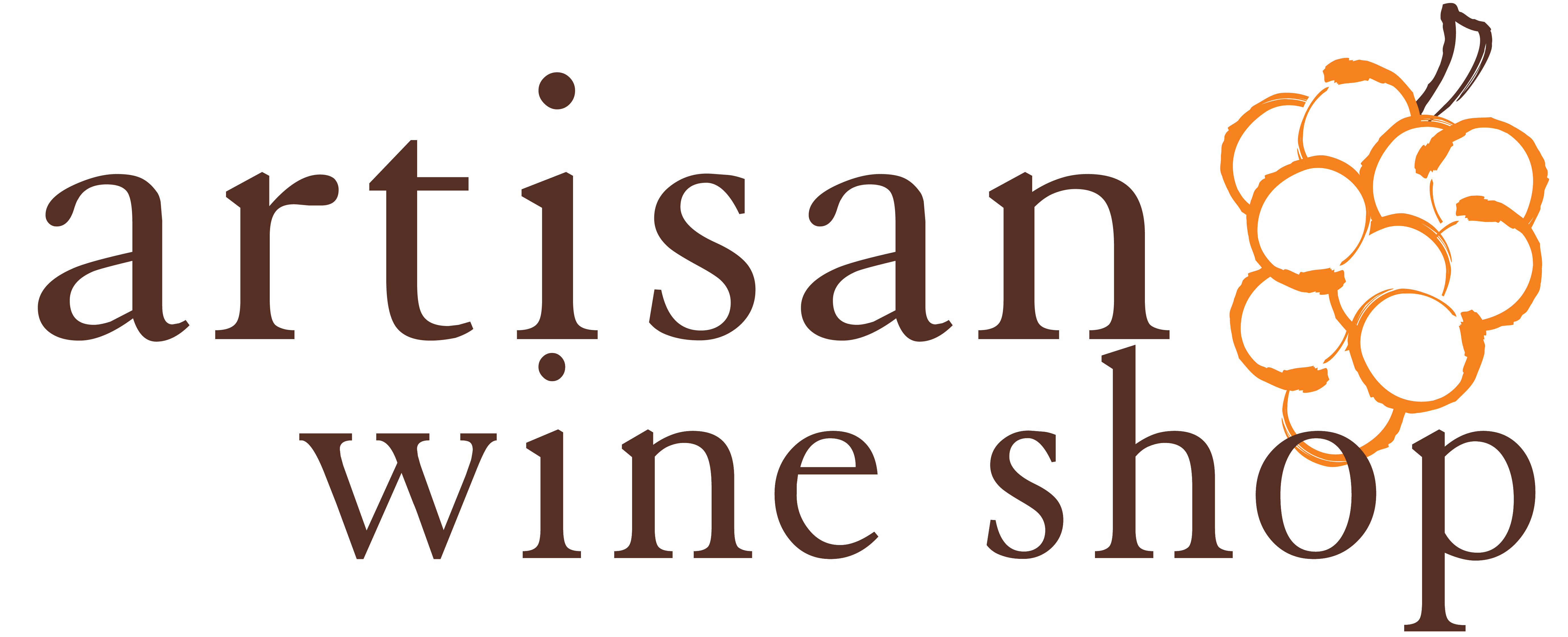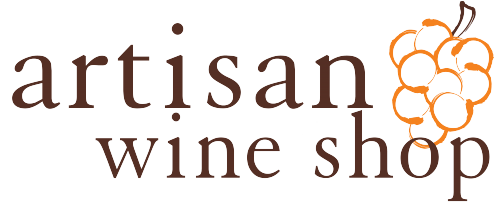


Login
Log in if you have an account
Register
Having an account with us will allow you to check out faster in the future, store multiple addresses, view and track your orders in your account, and more.
Create an accountFebruary 16, 2024 | better together: we're tasting blends!
In 2024's topsy-turvy, crazy mixed-up world, today's tasting is all about some much needed harmony & consonance.
each wine in the lineup is a nicely balanced blend of sorts
What's that, you ask?
Though, technically, most wines are blends of some sort (a blend of different barrels, maybe, picks from different vineyards or vineyard blocks, perhaps), generally speaking, a blended wine is taken to mean any wine made from more than one grape variety.
Winemakers choose to make blended wines for a variety of reasons.
In talented hands, for instance, blending can be used to create a wine that's more complex and nuanced.
Because different grapes possess different flavor, aroma, structure or other stylistic qualities, a range of grapes can be used within one blend to balance out the characteristics of the others.
Blending can be used to standardize flavor, weight or texture and create uniformity between vintages.
Blending can also be a matter of tradition.
Historically, Champagne, Bordeaux and Rioja, for example, are two regions associated with blends.
Alternatively, blending can be about bucking convention.
Whether they're using a melange of grapes co-planted within a single vineyard or just throwing caution to the wind to get creative, contemporary vintners have a habit of blending grapes to create all sorts of interesting flavor profiles.
Whatever the reason, we're into it.
So today (Friday 2.16!), we're pouring three very different blended expressions—one typical and two unconventional—from across the map. Click the links below to read more about each, then stop by from 4-7 for a taste!
Fabien Jouves 'Haut Berba' Vin de France 2021
